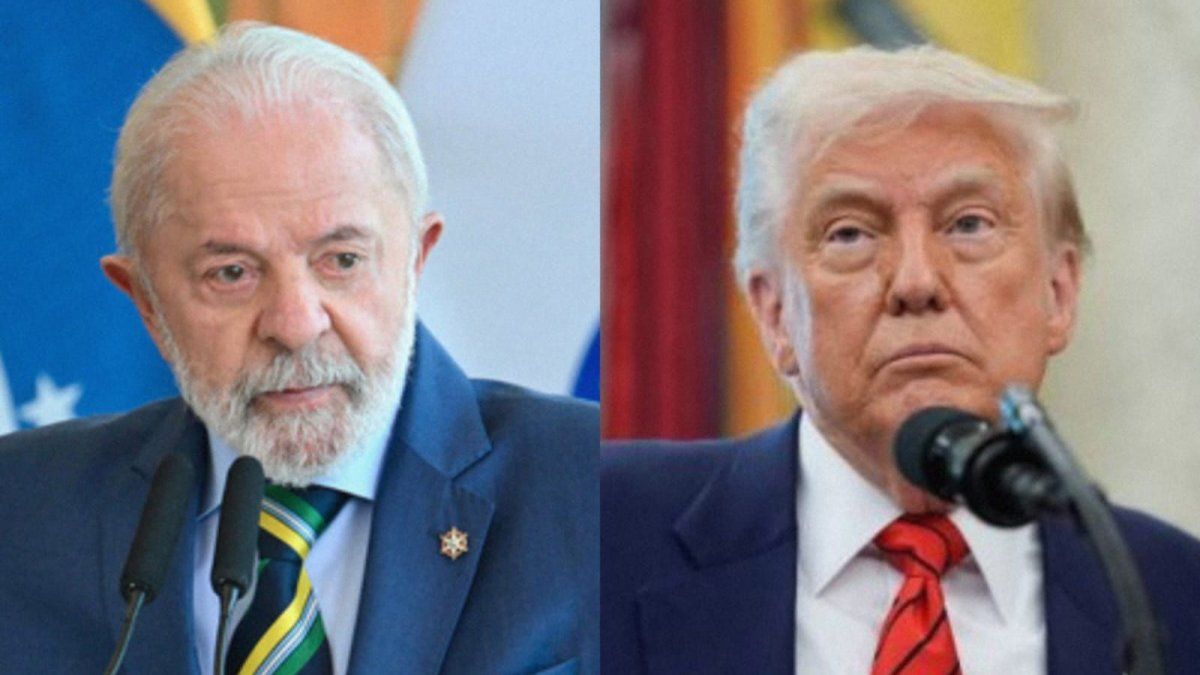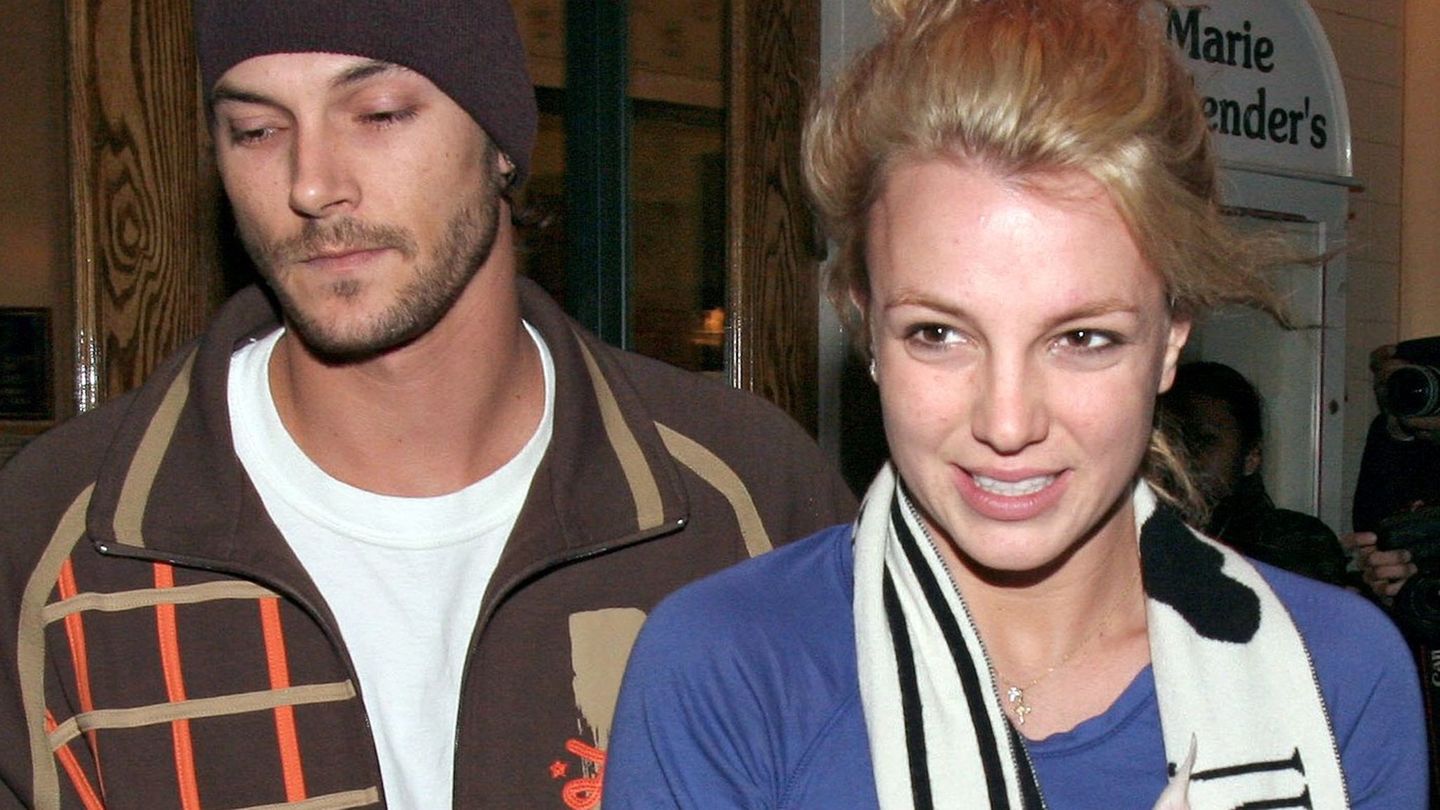(By Claudia Lorenzón) With an environmental installation that configures a post-apocalyptic message, the renowned Italian artist Giulia Cenci, revelation of the latest edition of the Venice Biennale, exhibits the exhibition “backland#2” at the Recoleta Cultural Center (CCR) in Buenos Aires. , made up of seven figures in which he combines anatomical fragments of animals and people that rest on metal grafts, from a hybrid aesthetic that intersects the natural with the artificial.
The site-specific installation, made especially for Recoleta, is exhibited in room 7, where the white walls provide the framework for the works that make an impact in the presence of figures made up of human and animal cutouts that, together with metallic elements, evoke the machinic condition of the human being.
Curated by the Italian Eugenio Viola, head of the Bogotá Museum of Modern Art (Mambo), the work is an immersive device, populated by seven chimerical figures, combinations of anatomical fragments that are located between metal grafts, joints and limbs that redefine the environment. and imposes an obligatory spatial interaction on the viewer.
The “backland#1” was presented in a gallery in the Netherlands, because Giulia lives and works between Amsterdam and the Tuscany countryside, and as on that occasion, the installation was radically reconfigured for the CCR spaces.
“What is particular about his work is the crossroads of sculpture, painting and installation, always with a division of spaces, where the rhythm and classicity of his compositions make a short circuit with the figures that do not belong to any taxonomy that we know of: they are hybrids of the organic and inorganic, the natural and the artificial”, the curator told Télam during a tour of the exhibition.
Quasi-human figures such as a female mask painted in a metallic color attached to an iron car seat and a series of sculptures in the shape of an animal skull embedded in a metallic structure, are part of the artist’s exhibition, strongly influenced by the theoretical and American philosopher Donna Haraway, author of the cyborg manifesto, Viola explained.
In this 1983 manifesto, Haraway conceives of the contemporary being as a being fused-confused between the human and the machine, who does not need distinctions, and in that sense, in his essay, the concept of the cyborg is a rejection of rigid limits, especially those that separate the “human” from the “animal” and the “human” from the “machine”.
As a reference for this aesthetic at the cinematographic level, Viola mentions the Canadian filmmaker David Cronenberg, one of the main exponents of what has been called “body horror” that explores human fears of physical transformation and infection. He opens and the concept of the “new meat”, eliminating the borders between the mechanical and the organic.
An example of this is his film “Crash”, where contemporary instability and despair is exhibited in a city like Los Angeles, a territory full of accidents, collisions of lives, fears and prejudices such as racial: whites, blacks, Latinos, Koreans, Arabs and Iranians star in a film marked by 21st century racism and xenophobia that tend to feed the collective paranoia of any multi-ethnic community, where the concepts of integration and mixing are an inaccessible utopia.
From this conception, “Giulia uses elements of industrial society, such as the iron structure of a car attached to the figure of a face and in its elaboration she does not use bronze, but recycled materials such as aluminum. Thus her figures are placed in a zone of ambiguity, like the serial heads of wolves, which he calls self-devouring creatures -creatures that eat themselves- but we don’t know what part of the body they eat -a tail, a bone- because it does not belong to any recognizable taxonomy He crosses different fusion techniques and that responds to his poetics”, explains Viola.
The artist draws on “the aesthetics of fragmentation and that is also connected to the tradition of sculpture. Her sculptures have a post-minimalist flavor,” says the curator, referring to the artistic trend that uses everyday objects in series, creating “a forced choreography inside the space, because the visitor necessarily has to adapt to the limits imposed by the work itself”.
In this way, two works are surrounded by metal structures that, in one case, impose a route on the viewer, and in another, the viewer’s gaze is cut off in front of an iron bar and the visitor must bend down to correctly view the sculpture. wolf’s head tapeworm, adding a performative component to the exhibit, explains Viola.
Another characteristic of his work “is the juxtaposition of figures that are configured as a group, such as the four wolves that are juxtaposed and face a single figure, which replicates the dynamics of human society, generating a contrast between the group and the unity”, says the curator.
Many of the objects that the artist uses “were found, such as the seat of the vehicle, others are tracings and others, fusions made with the lost wax technique, the oldest and most traditional for the realization of sculptures,” Viola points out. With this technique – she explains – the mold of the figure is made in wax, the molten metal is poured inside and from a hole made in the sculpture the wax comes out. This is directly connected to the tradition of sculpture, just as the tracing of the masks recalls the death masks whose function was to preserve the memory of the deceased.
The last of the “backland#2” sculptures is the image of a dog with an exploded body, which only retains its two front legs and has an open torso. The figure hangs from the ceiling with a metal hook embedded in the animal’s neck, while one of the legs rests on an iron bar.
At the 2022 Venice Biennale, the artist made an impact with her work “Dead dance”, in which she combines the natural with the synthetic to explore themes of technology and nature: with objects molded and recast in an alchemical process, molds of human parts and animals are transformed into wolves or horses, while other pieces suggest limb fragments to address the conditions that underlie industrial food production and life itself.
Eugenio Viola was curator of the Museo d’Arte Contemporanea Donna Regina, of the Perth Institute of Contemporary Arts-PICA in Australia, and of the Estonian and Australian pavilions at the 2015 and 2022 Venice Biennale.
With the support of the Italian Institute of Culture of Buenos Aires and the Italian Embassy, Cenci’s exhibition can be visited until June 18 in room 7 of the CCR, located at Junín 1930 in the City of Buenos Aires.
Source: Ambito
I am an author and journalist who has worked in the entertainment industry for over a decade. I currently work as a news editor at a major news website, and my focus is on covering the latest trends in entertainment. I also write occasional pieces for other outlets, and have authored two books about the entertainment industry.




